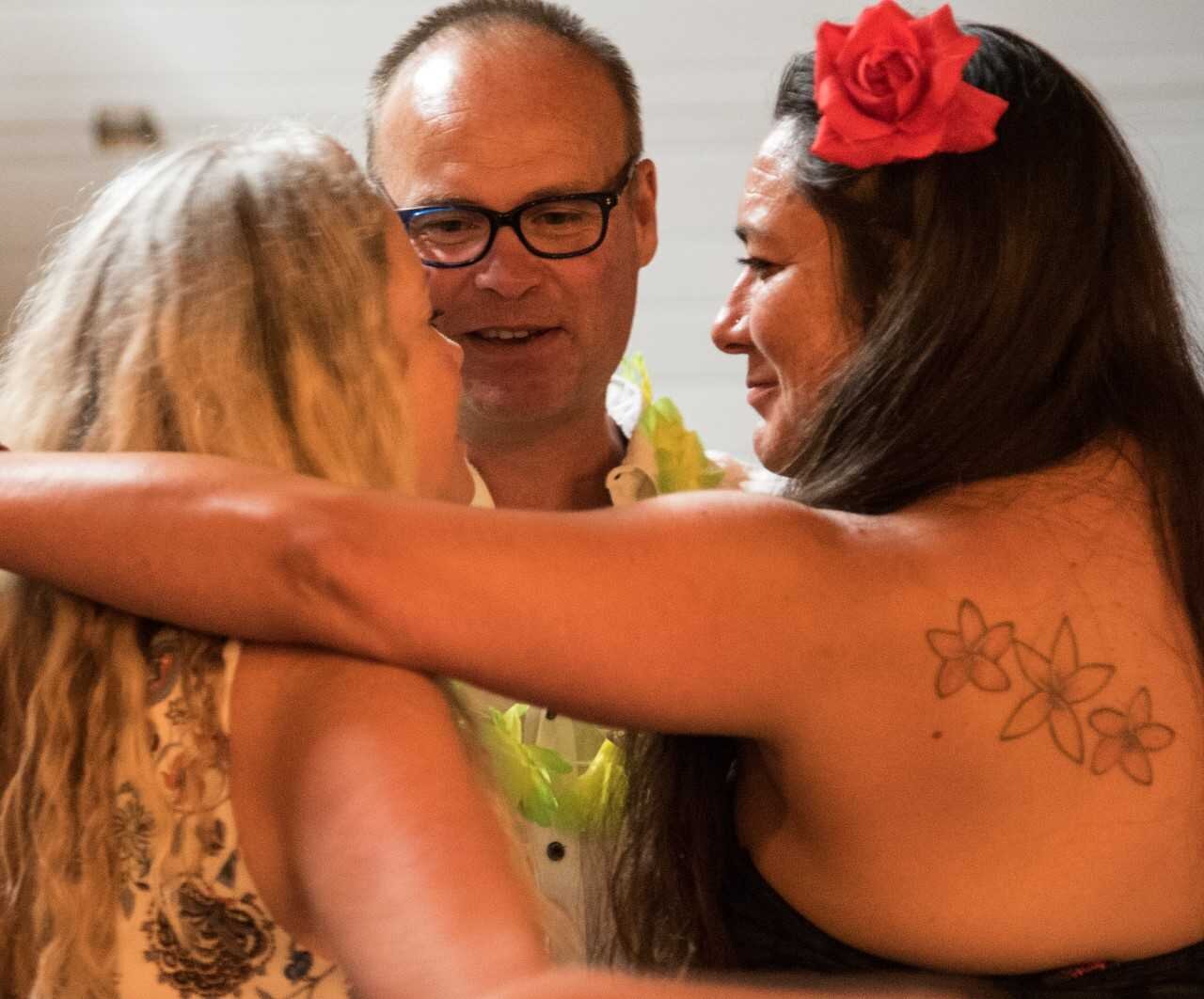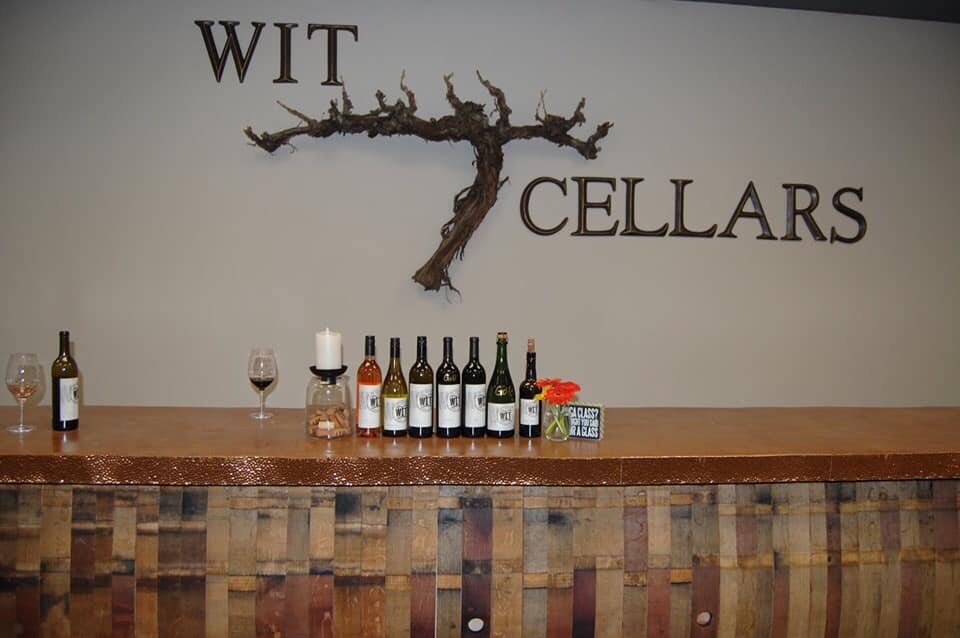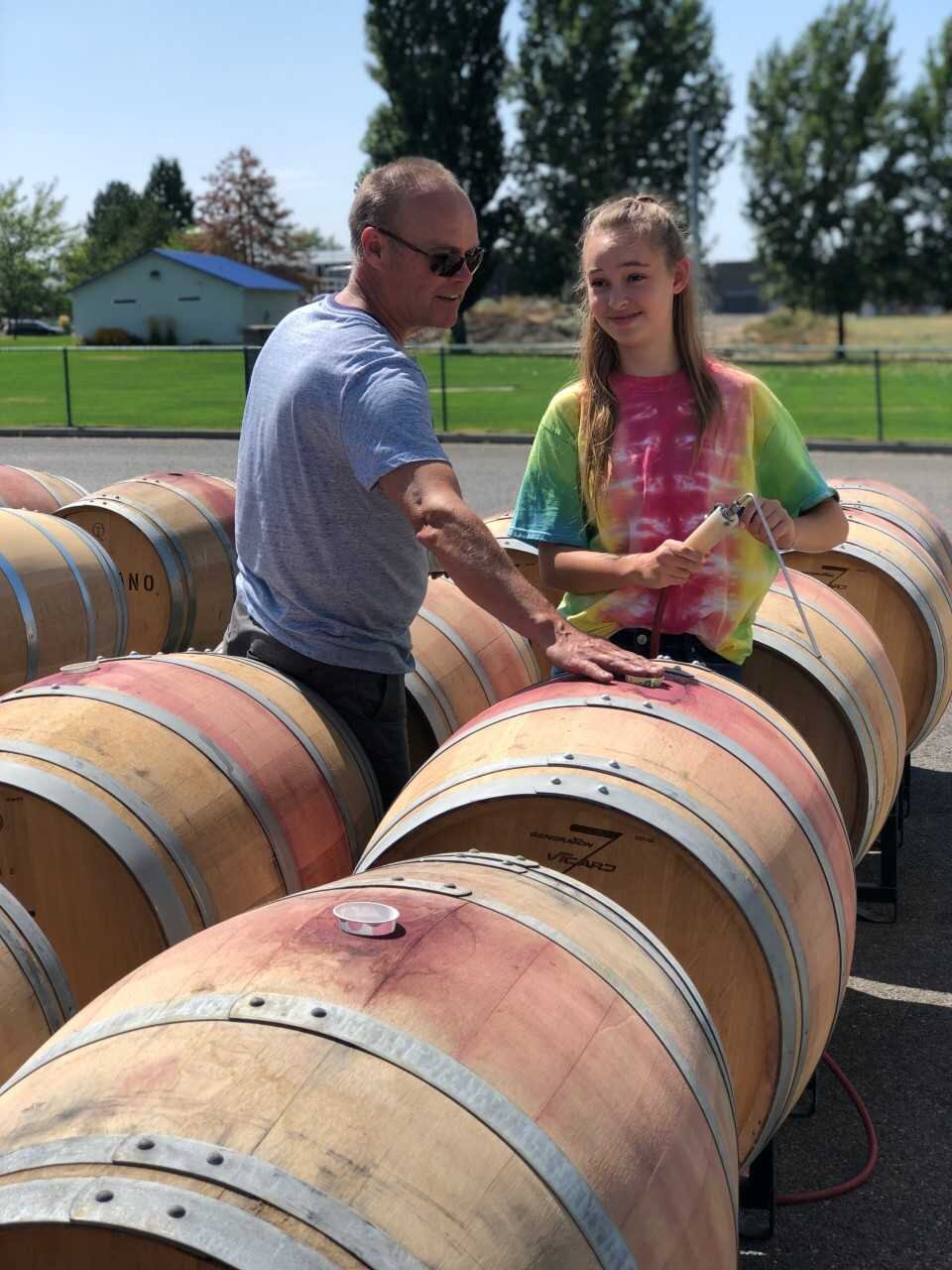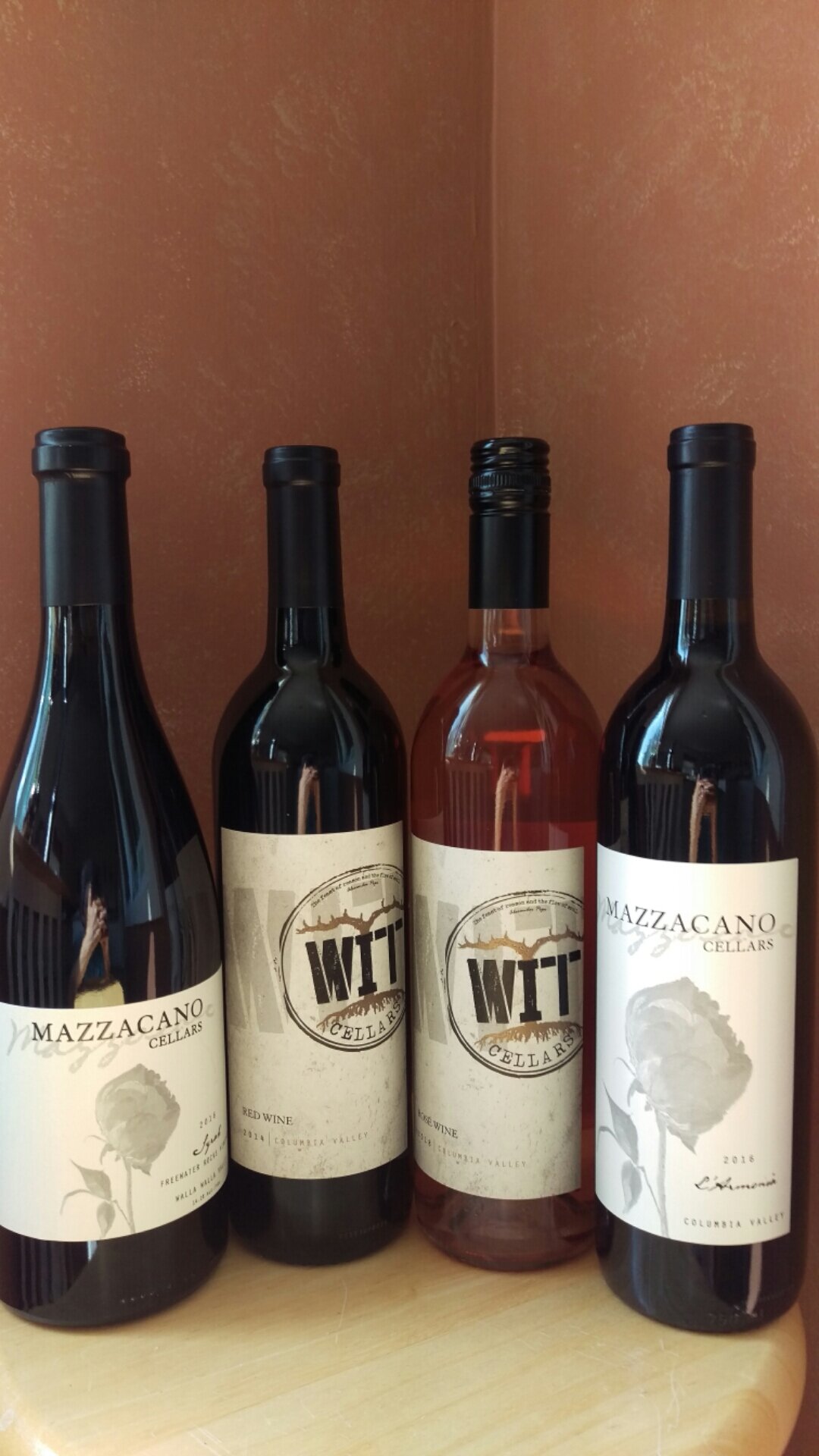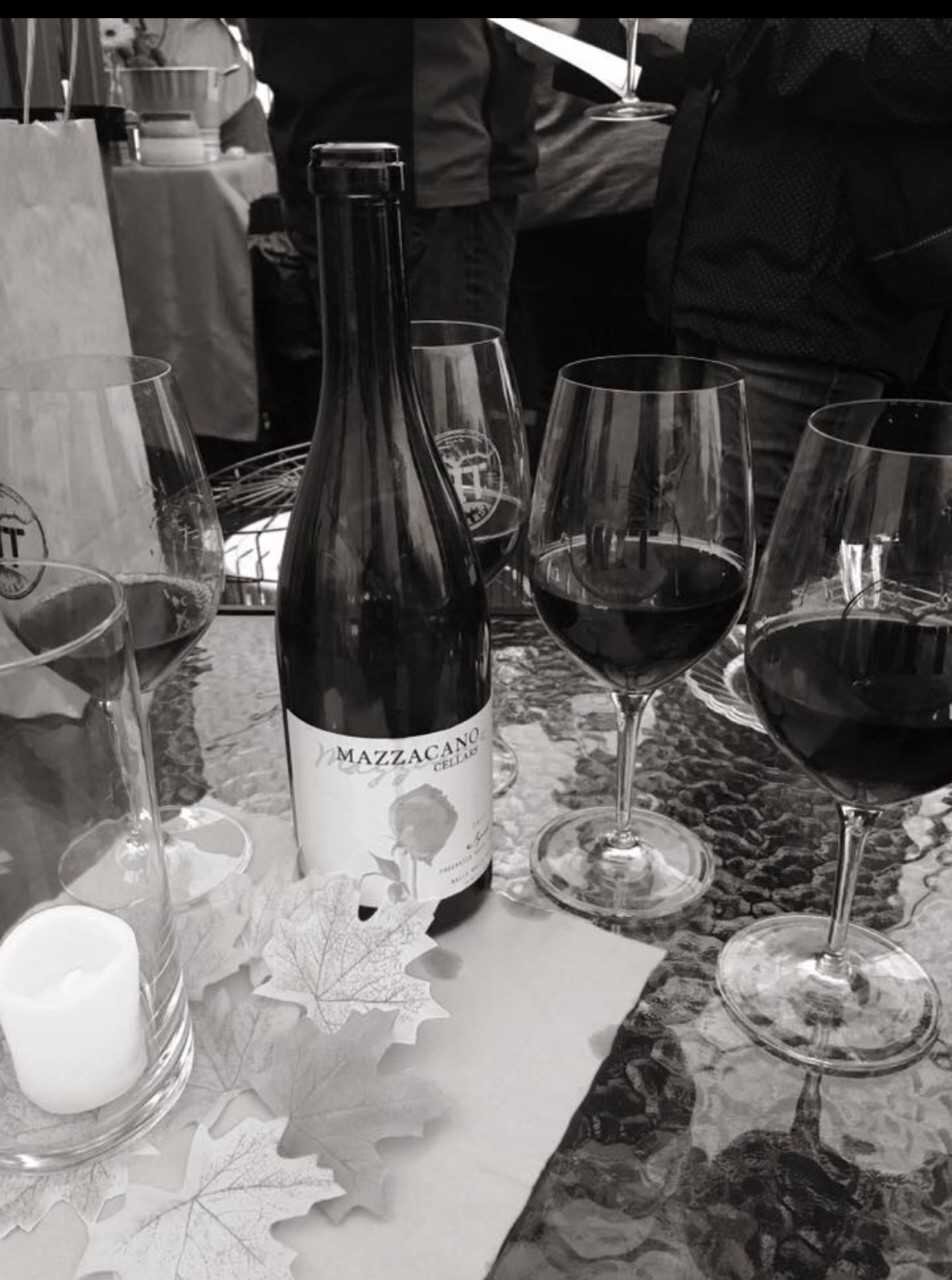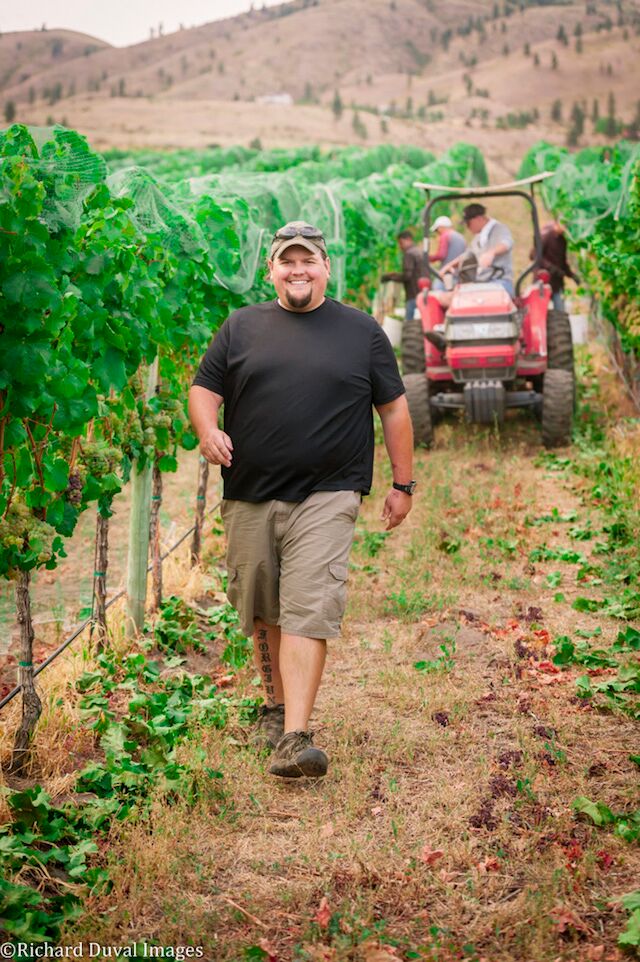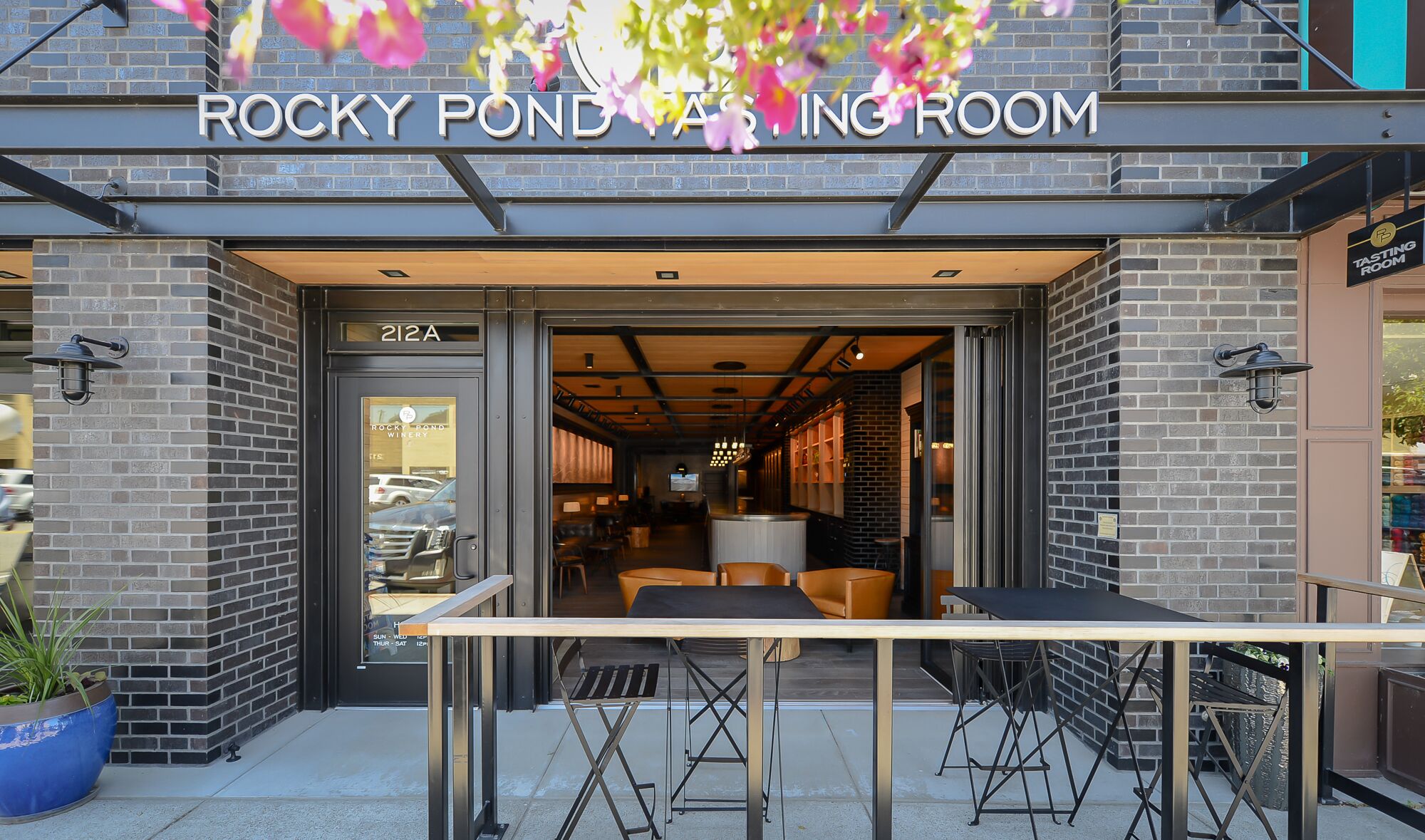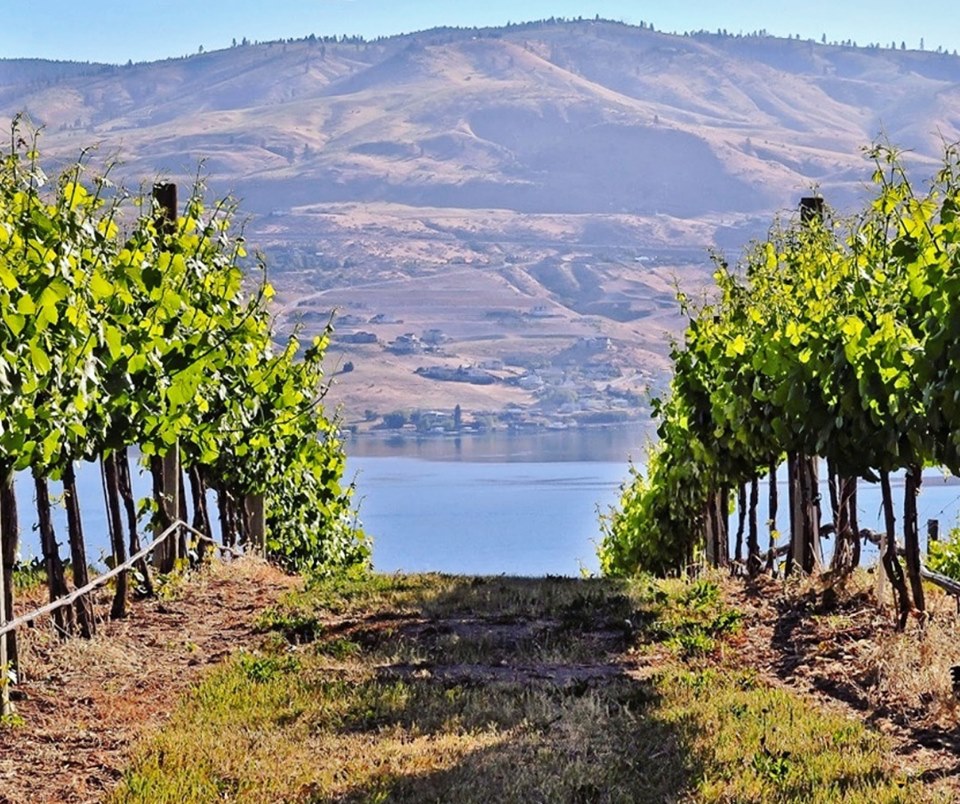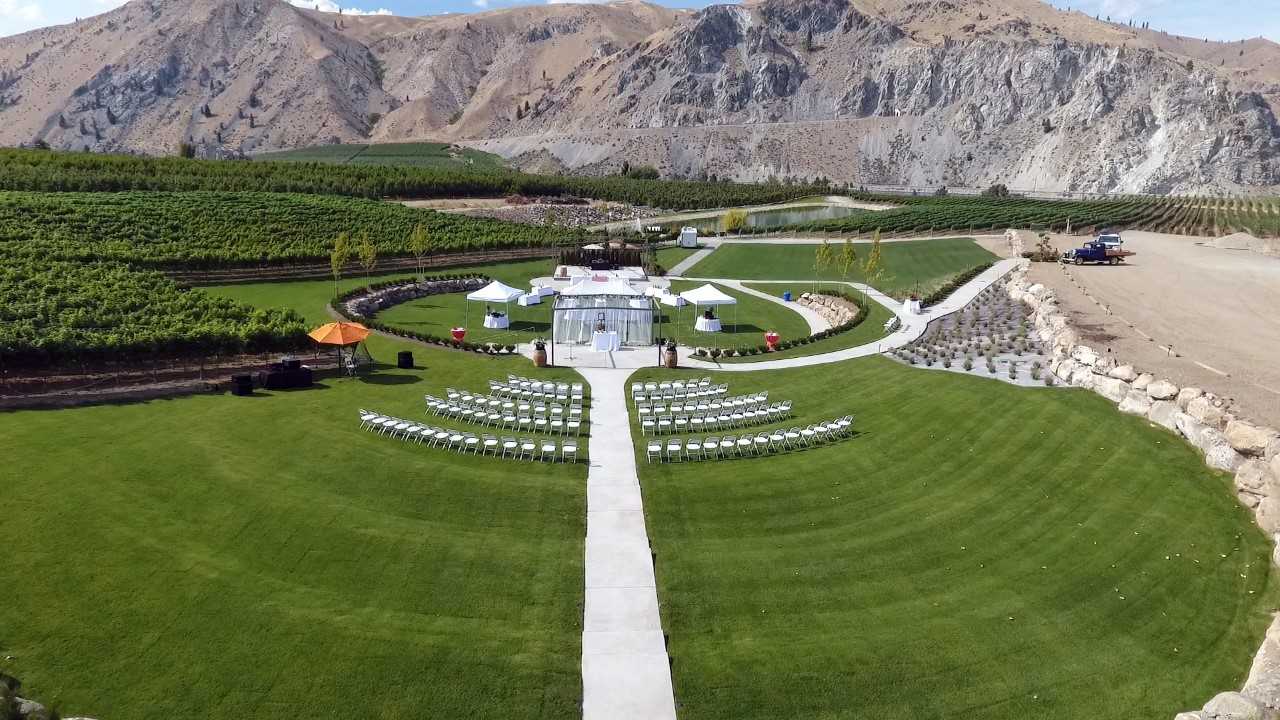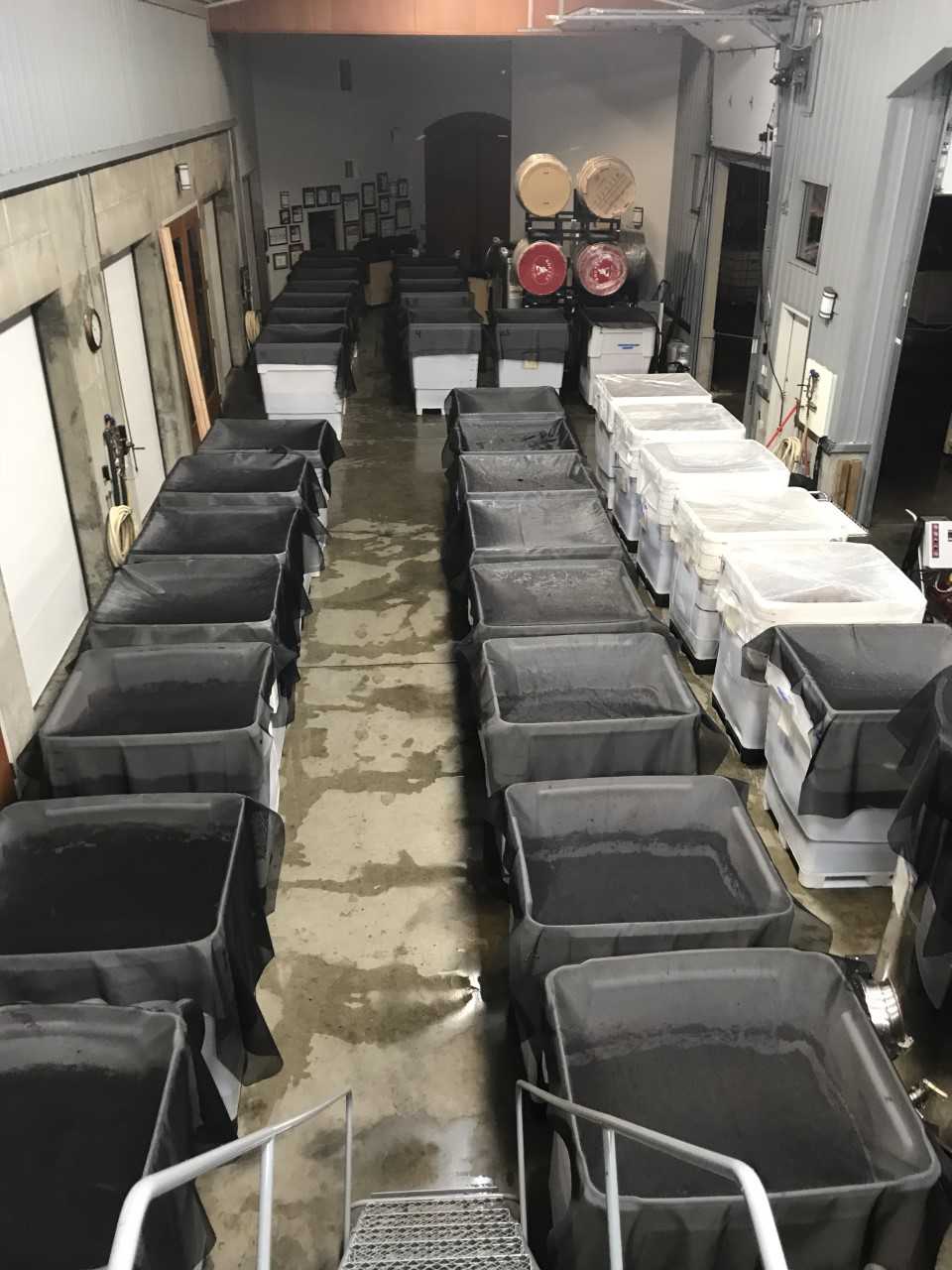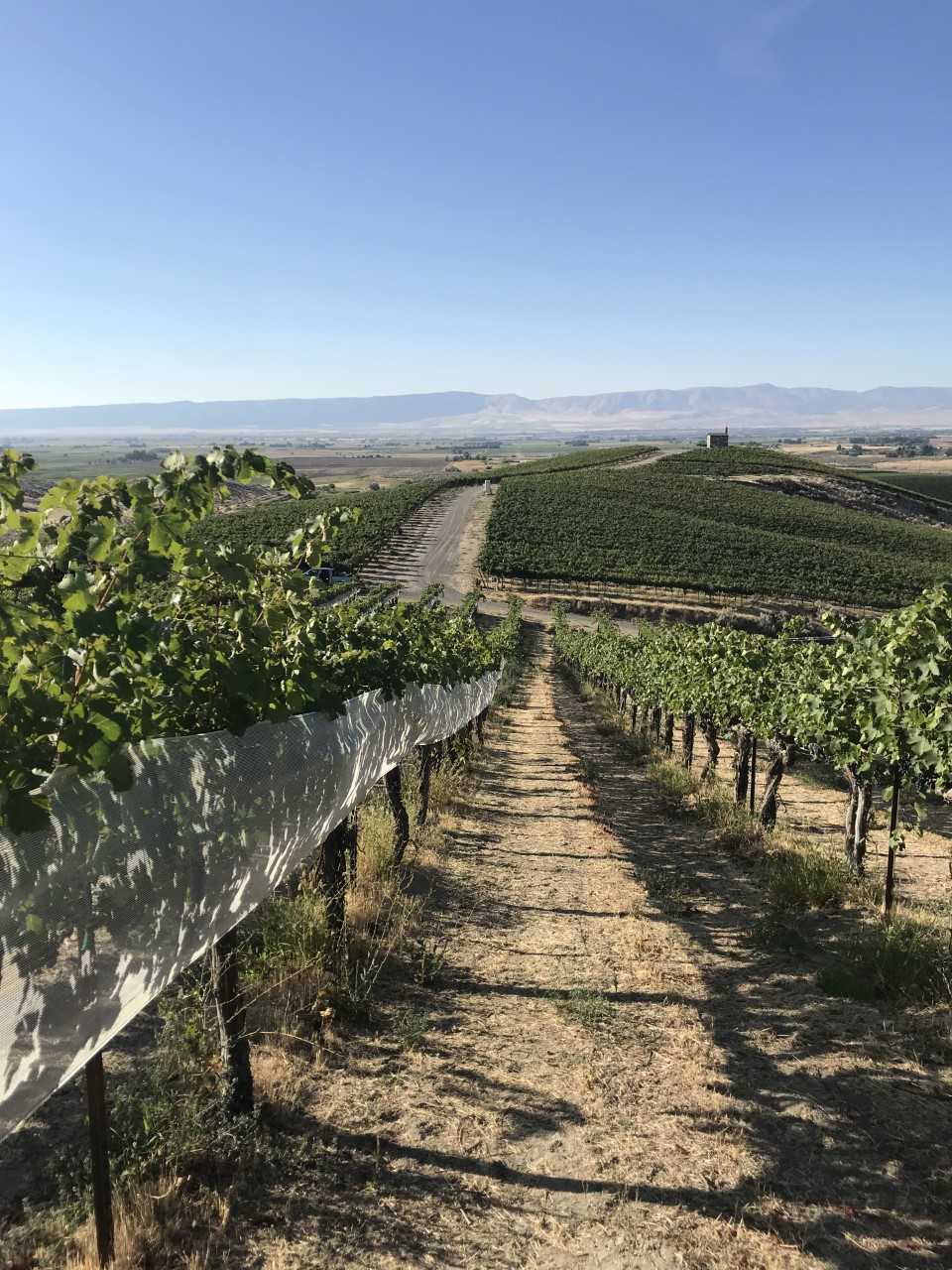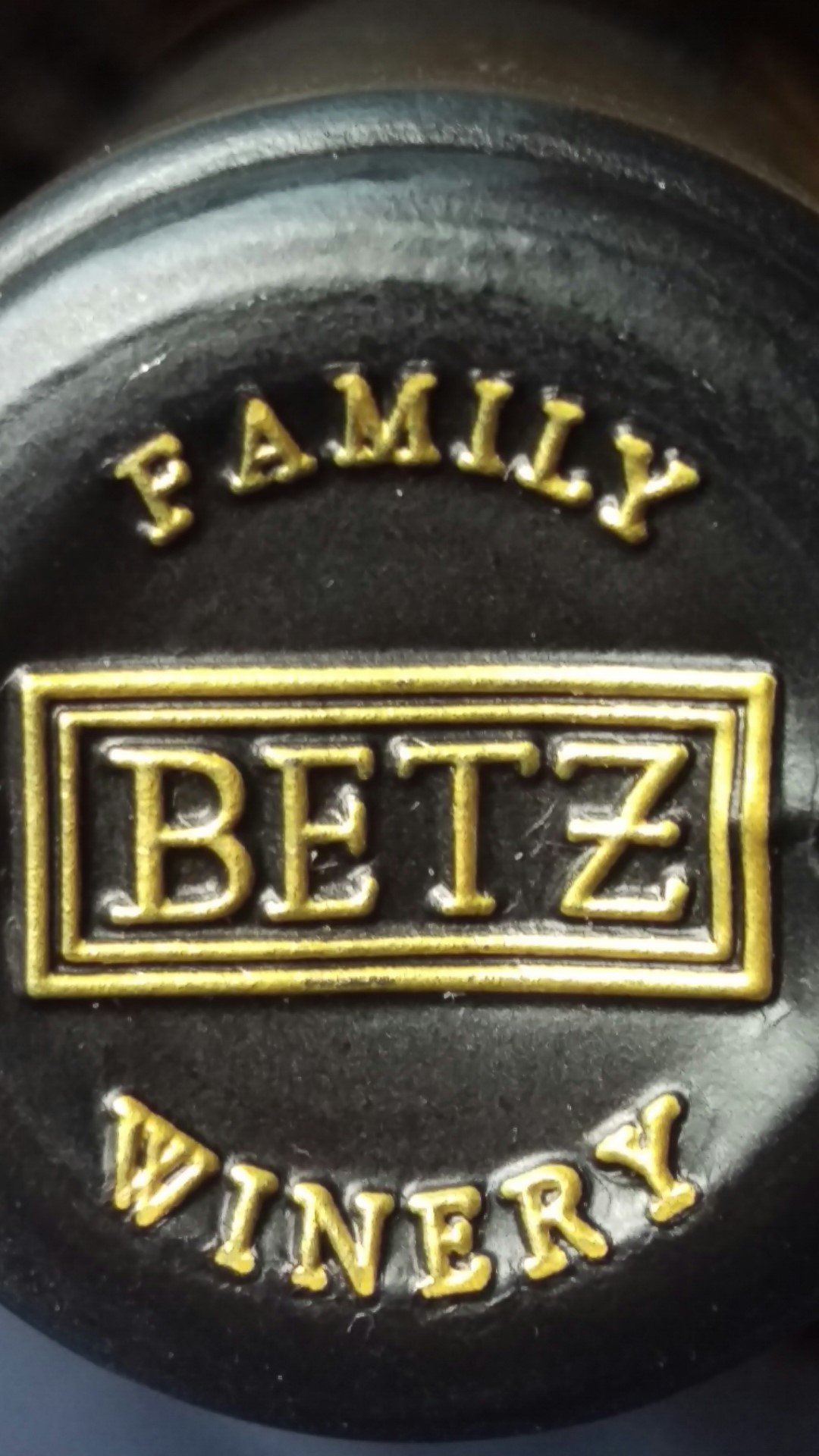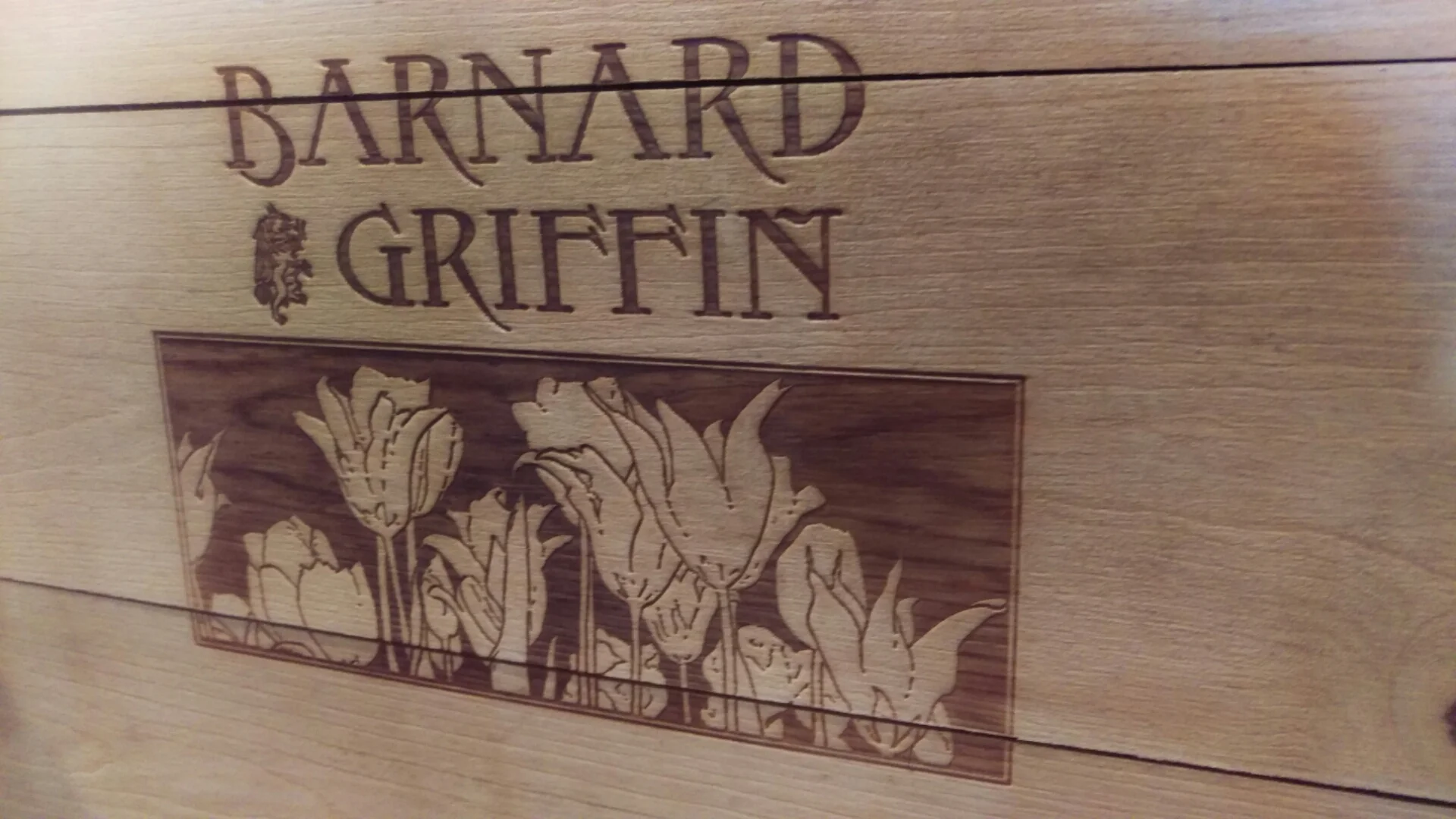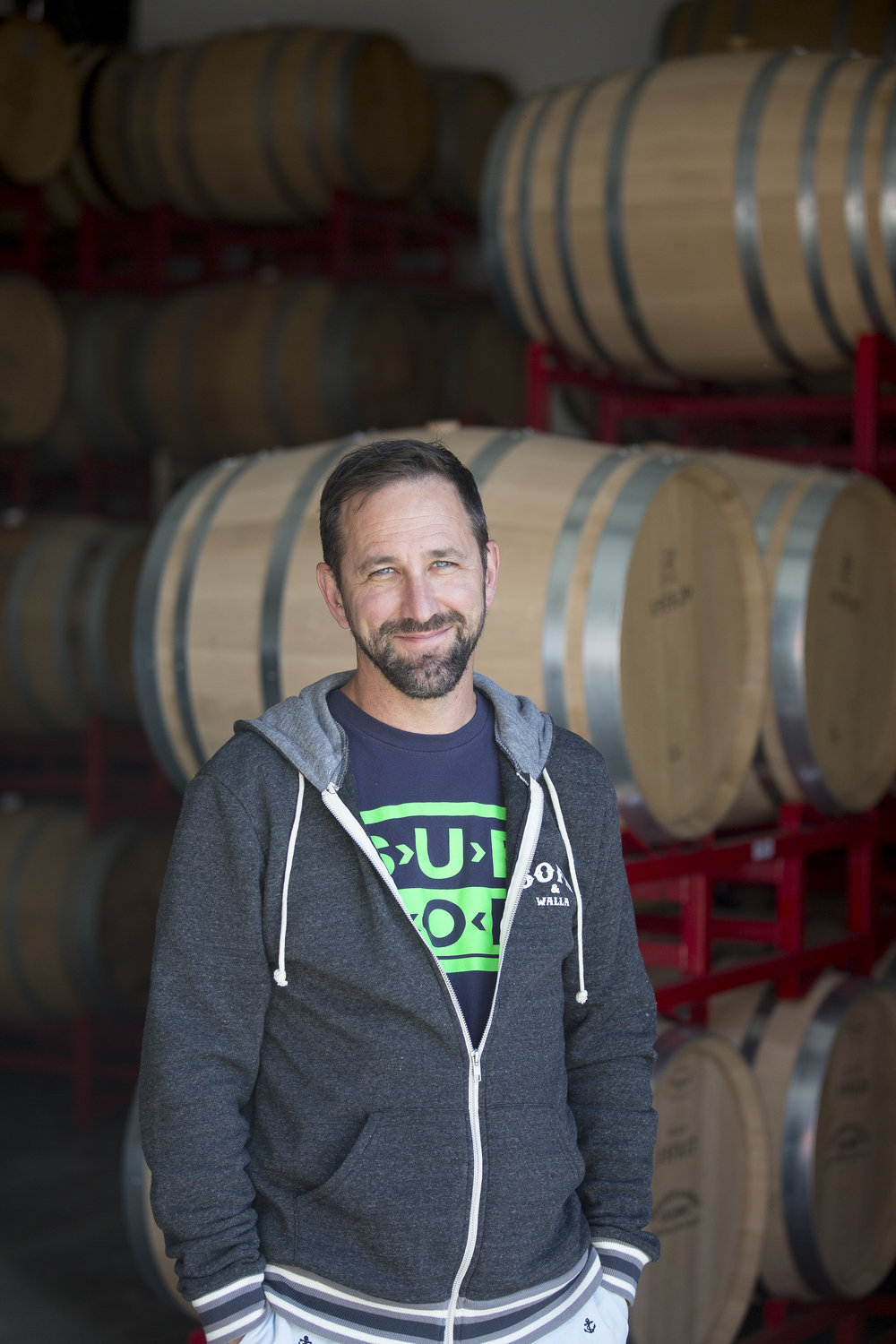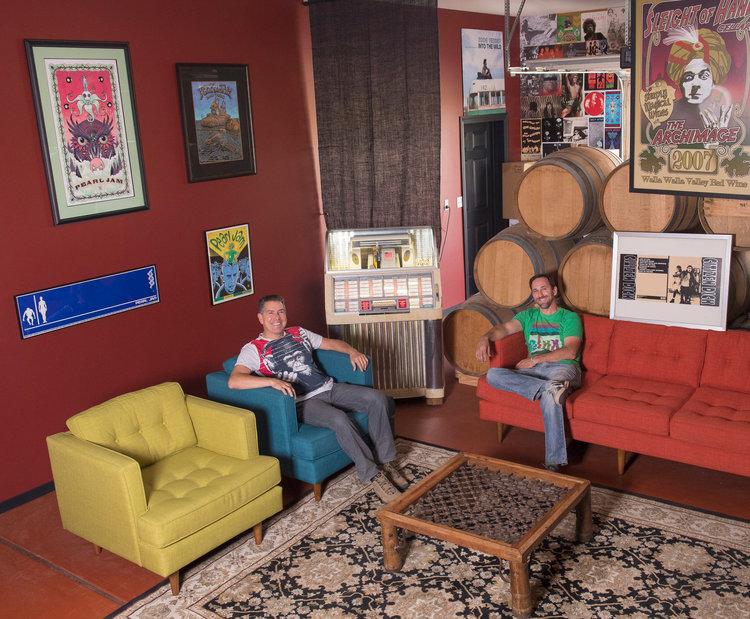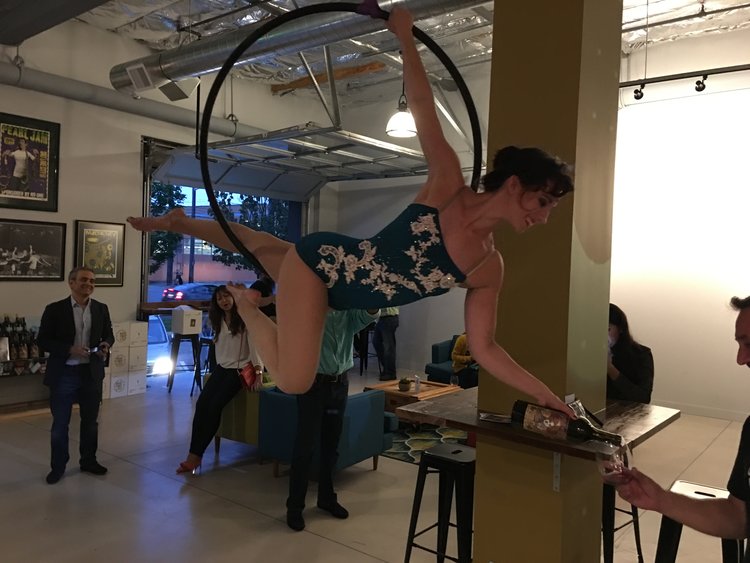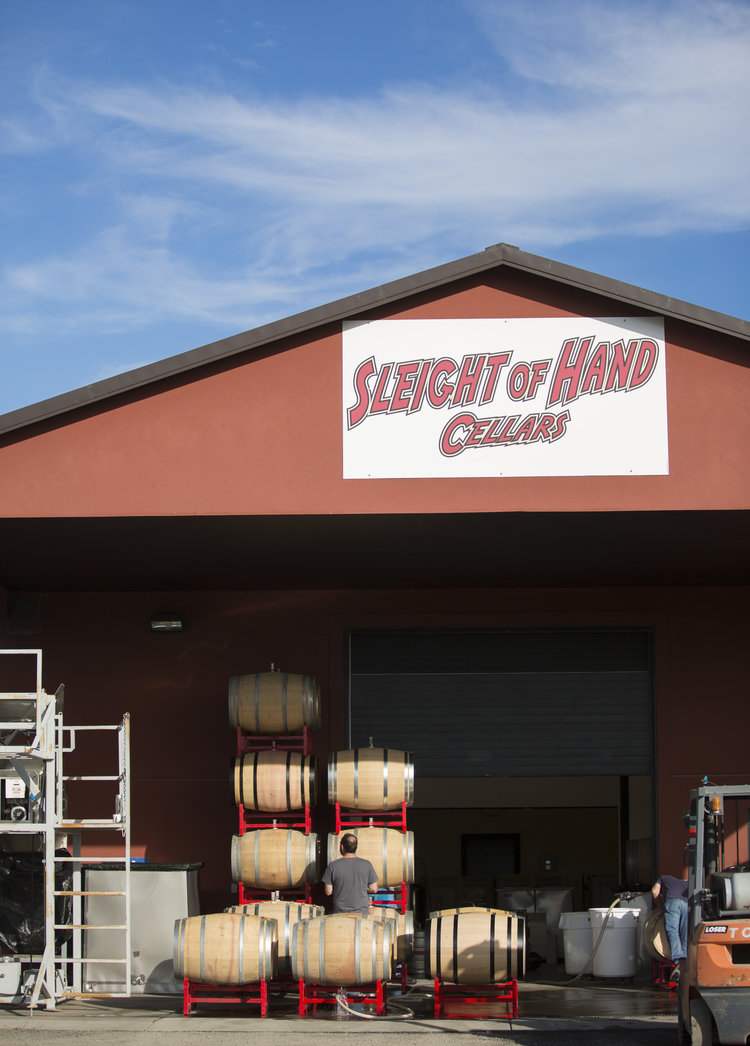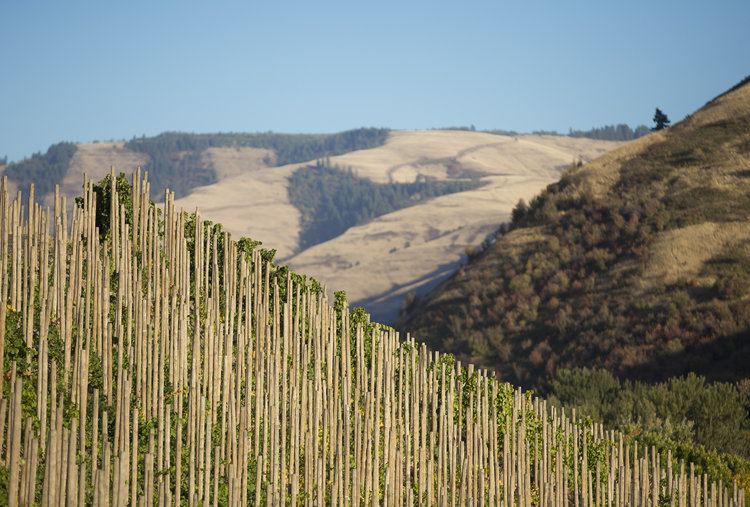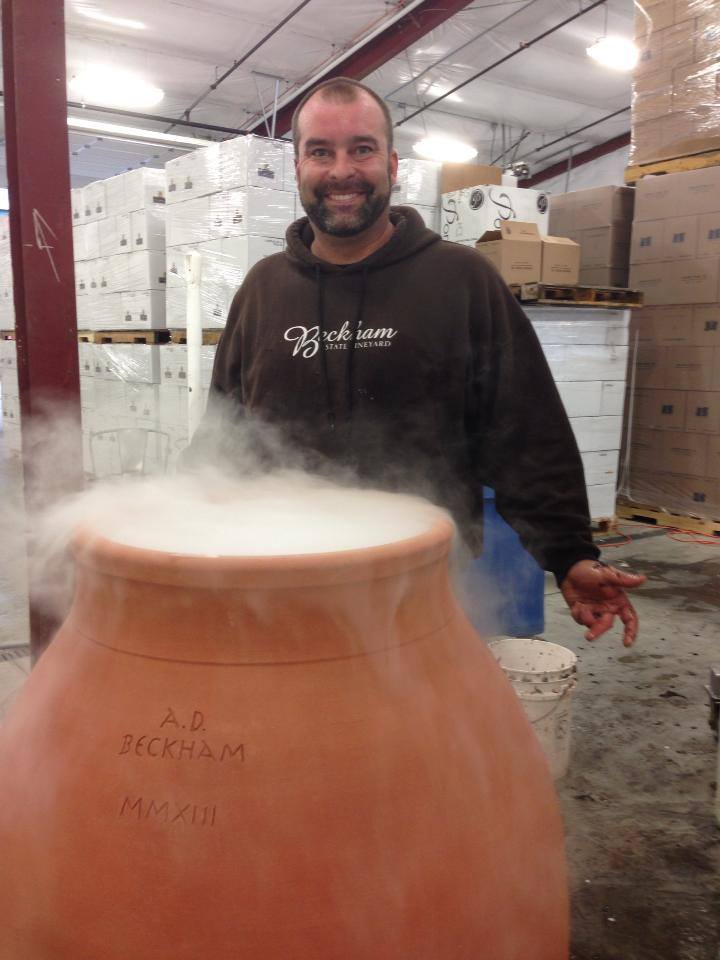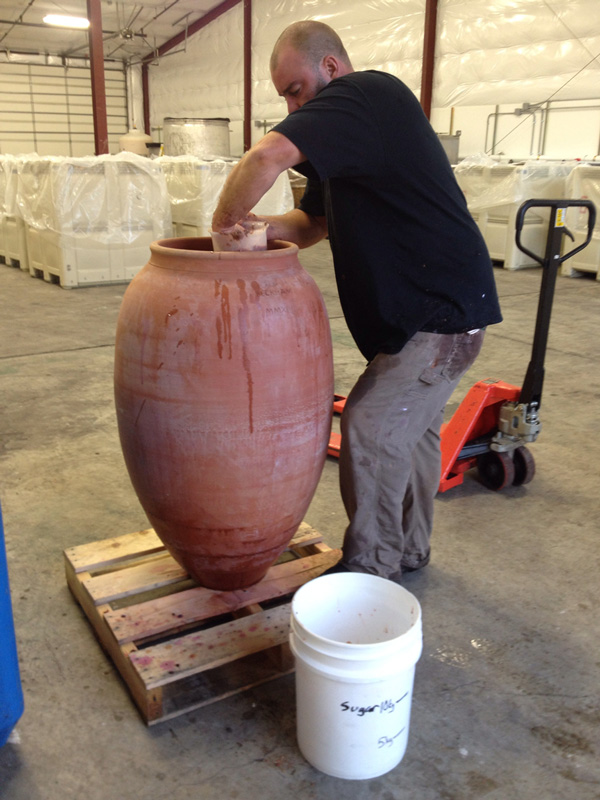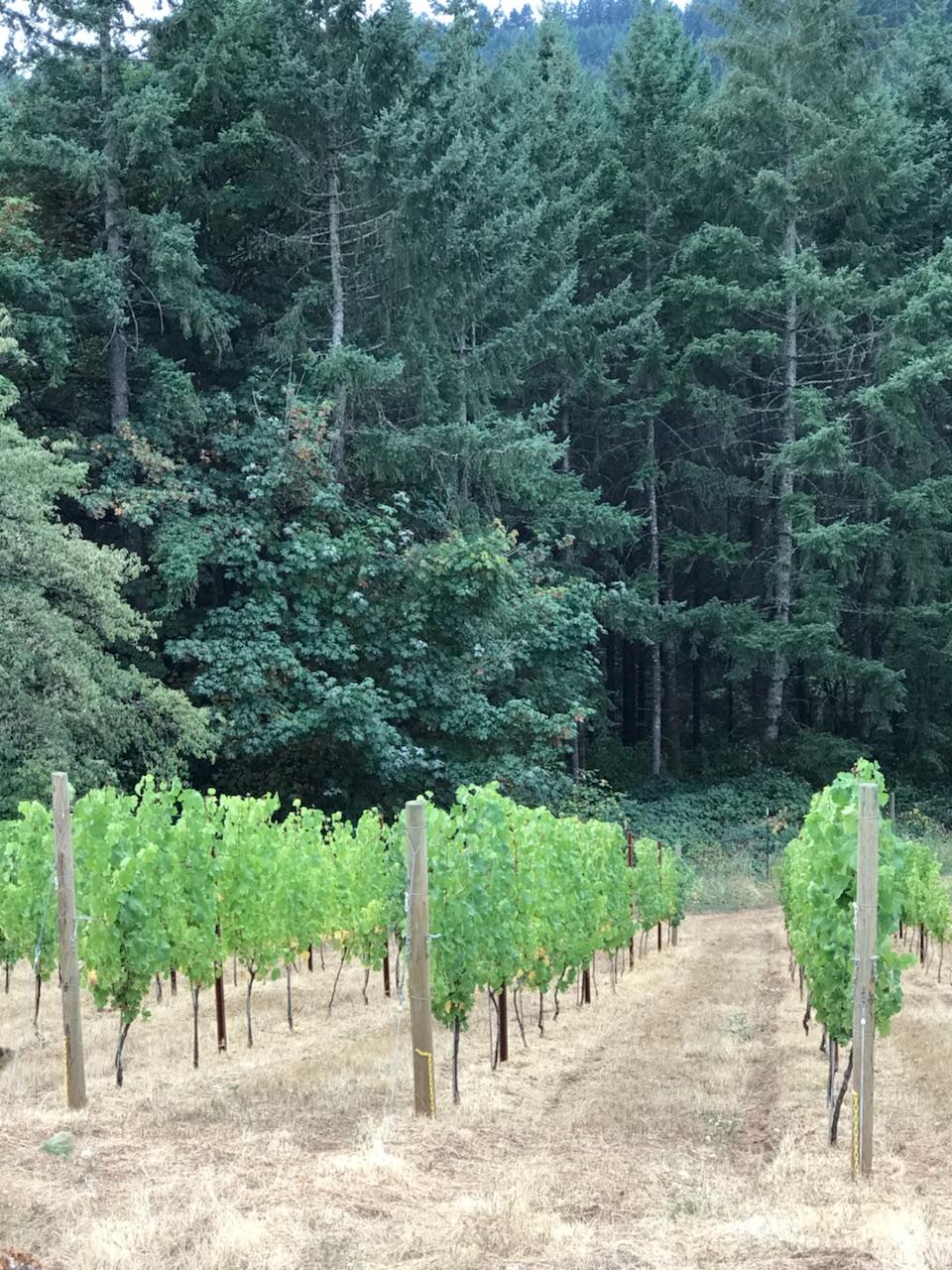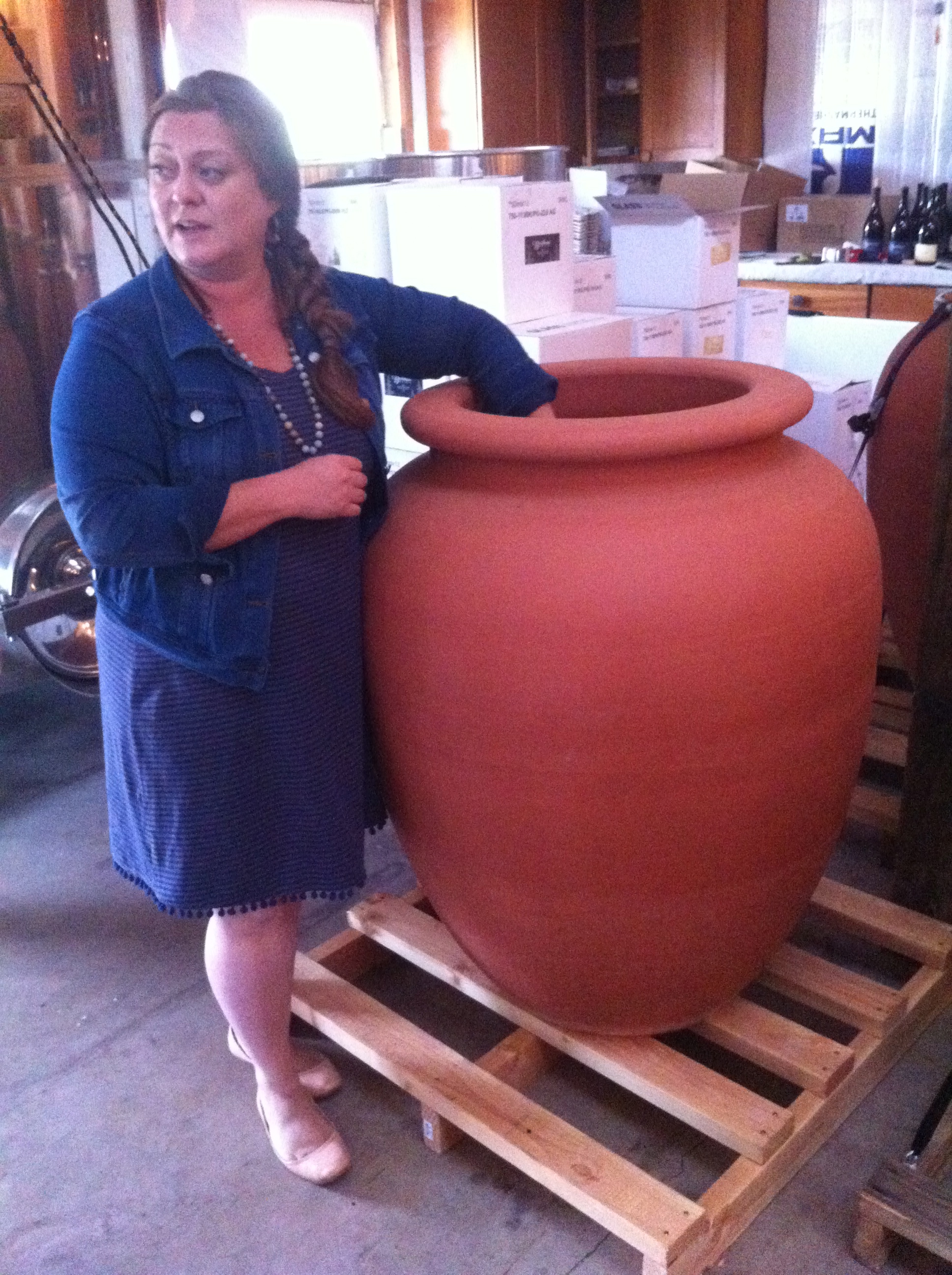Flint Nelson, Cat Warwick, and Gina Adams-Royer of WIT Cellars
2017 WA Winery to Watch (Wine Press Northwest)
Sponsored by the Inn at Horse Heaven in Prosser
It was spring 2016 when Flint Nelson, Cat Warwick, and Gina Adams-Royer “jumped off a cliff,” taking the plunge to open their own winery. Collectively, they had several decades of winemaking experience, and their skills and passions blended well like fine wine. They wanted a winery name that was fun, simple, meaningful, and memorable, so a list of three-letter words came to mind. None compared with “WIT”, which means intelligent humor, and is an acronym for both “Whatever it Takes” and “We’re in Together”. It’s a perfect name, reflecting the humor, dedication, and team spirit behind WIT Cellars. Wine tasting with these three friends is a fun and memorable experience, both for the amazing wines and the many stories and laughs. The Prosser tasting room has a bar of barrel staves and concrete designed by Flint, as well as a library and comfortable chairs for tasting, reading and talking.
Flint calls the Yakima Valley a “mecca” for wine grapes, particularly red varietals. He believes the AVA will one day produce the best Cabernet Sauvignon in the world. For white varietals, Flint and Cat turn often to the Ancient Lakes AVA where cooler temperatures help to preserve the acidity needed in white wines. If you like dry Rosé wines, the WIT blend of sangiovese and syrah is one of the best such wines in the state. The WIT team once did a side-by-side test of Rosé made by the saignée and the direct press methods, and decided hands down that the direct press method combined with early picking of grapes was best. WIT Cellars offers many interesting taste comparisons, including of wine styles. The WIT label wines are more fruit forward and new world in style, while the Mazzacano label wines are more restrained and old world in taste profile and weight. Listen to this fun and fascinating interview to learn more about the memorable wines and people you’ll find at WIT Cellars.
Listen to the Interview:
